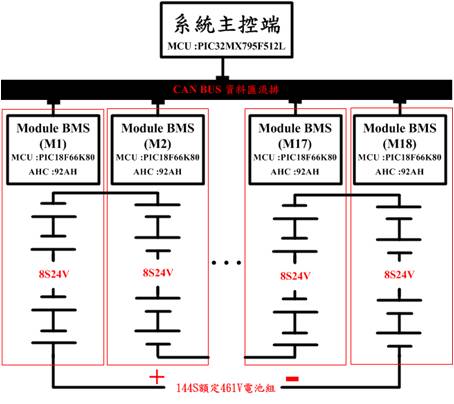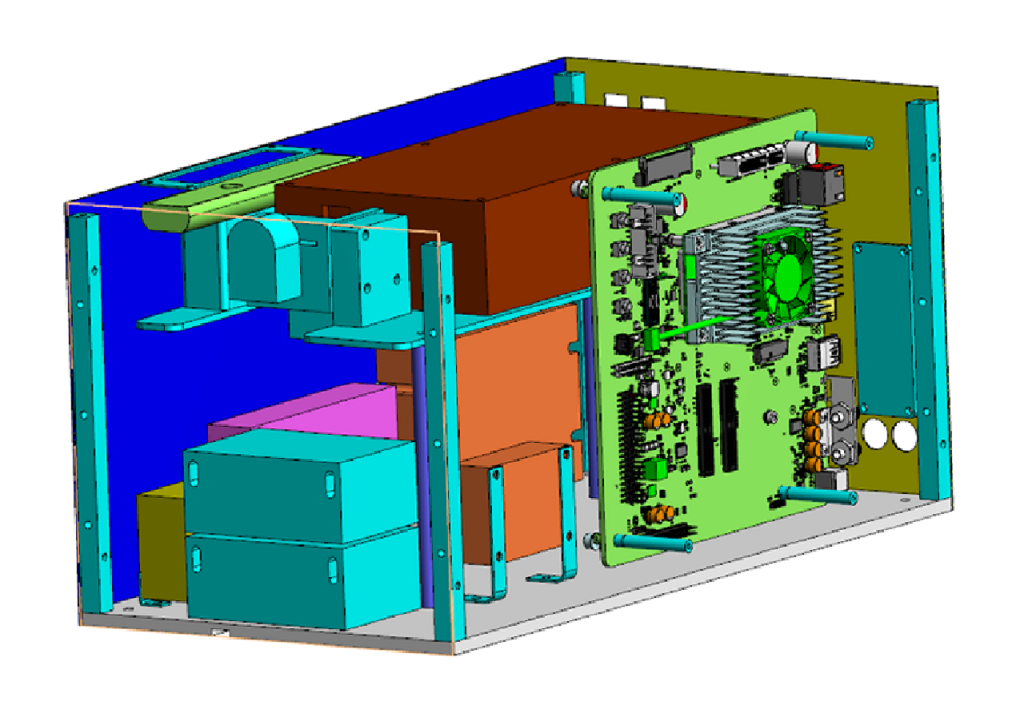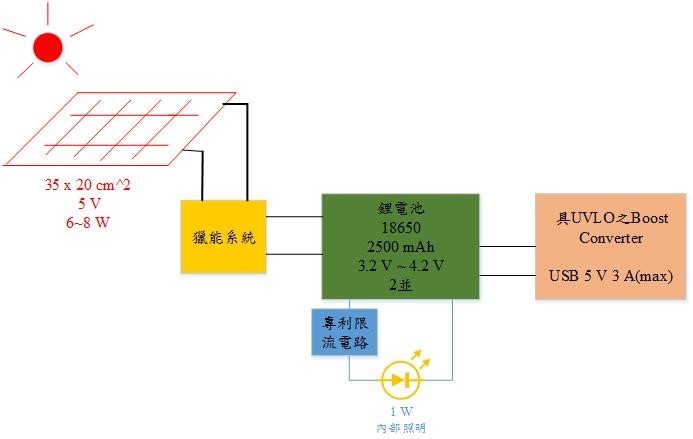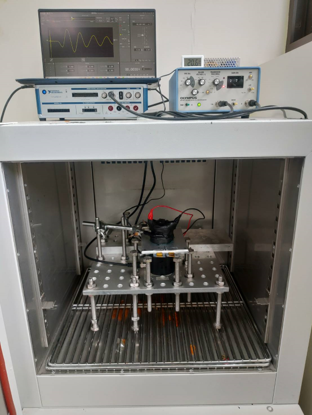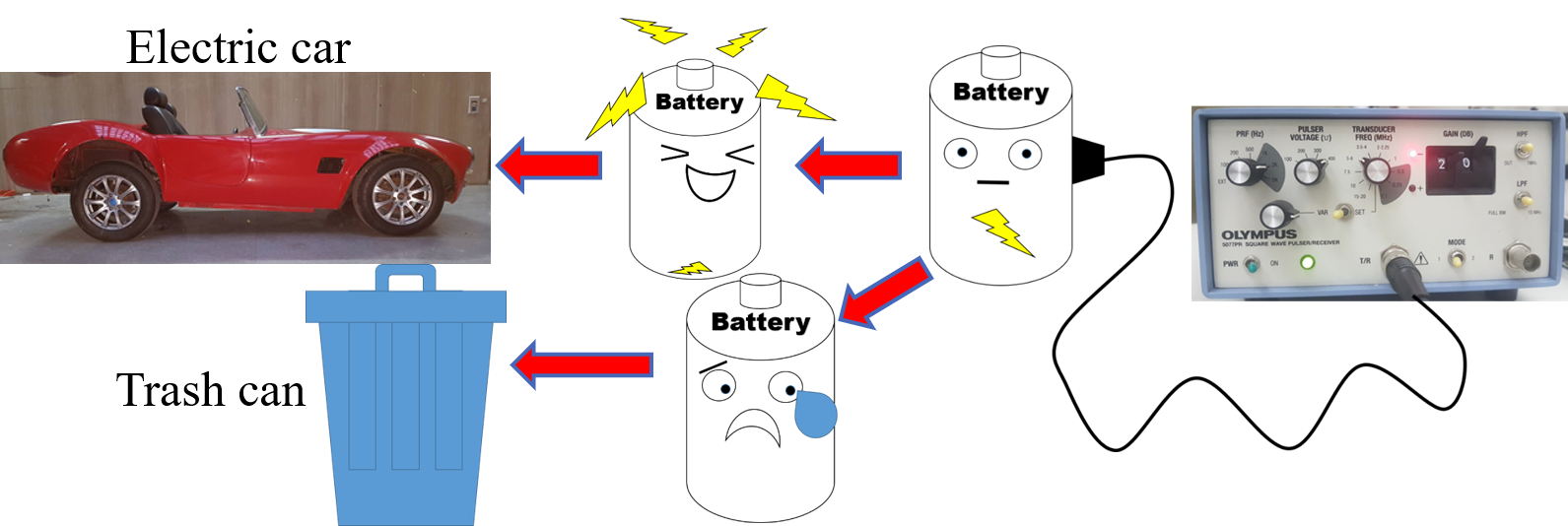| Technical Name | 超音波非破壞檢測電動車商用鋰電池健康狀態 | ||
|---|---|---|---|
| Project Operator | National Taiwan University Department of Engineering ScienceOcean Engineering | ||
| Project Host | 李坤彥 | ||
| Summary | "1.Background: The deterioration of lithium batteries leads to safetycost issues. Ultrasonic detection has the advantages of cost, size,immediacy. 2.Detection: Under the control environment, the ultrasonic signal is actuated on each part of the battery,the reflectedtransmitted wave is collected. 3.Analysis: It has methods such as spectrum, image,DL to evaluate the SoH, the distribution of degradation types,the location of faulty cells in the battery module. 4.Theory: Use the acoustic properties of the battery with software simulation to verify the measured data." |
||
| Scientific Breakthrough | "1.Innovatively match probes with optimal function to improve the detection efficiency. 2.With detection all over the battery, the all physicochemical properties of the battery are presented. 3.Perform data correction before imaging, so that the inner information of the battery can be clearly presented. 4.Apply different temperaturespressures during measurement to simulate different actual measurement environments. 5.Use DL analysis to greatly improve the accuracy of SoH evaluation. 6.Establish theory with software simulationactual measurement results." |
||
| Industrial Applicability | "1.This technology will be modularizedcommercialized,applied to electric vehicles, quickly presenting SoH, degradation range, type,faulty cell location. 2.Instant SoH can improve power distribution,replacing faulty batteries can avoid advanced damage to battery modules, so it can reduce electric vehicle operationmaintenance costs. 3.Real-time battery module health status can respond to battery failures before they lead to a crisis 4.This technology can be applied to all lithium battery electronicspower equipment." |
||
| Matching Needs | 天使投資人、策略合作夥伴 |
||
| Keyword | Lithium-ion batteries Solid-state lithium-ion batteries The instant detection of SoH The instant replacement to malfunction cells The analysis of degradation of batteries Battery management system Ultrasonic non-destructive detection The analysis of ultrasonic image of batteries deep learning big data analysis | ||
- f07525122@ntu.edu.tw
other people also saw


